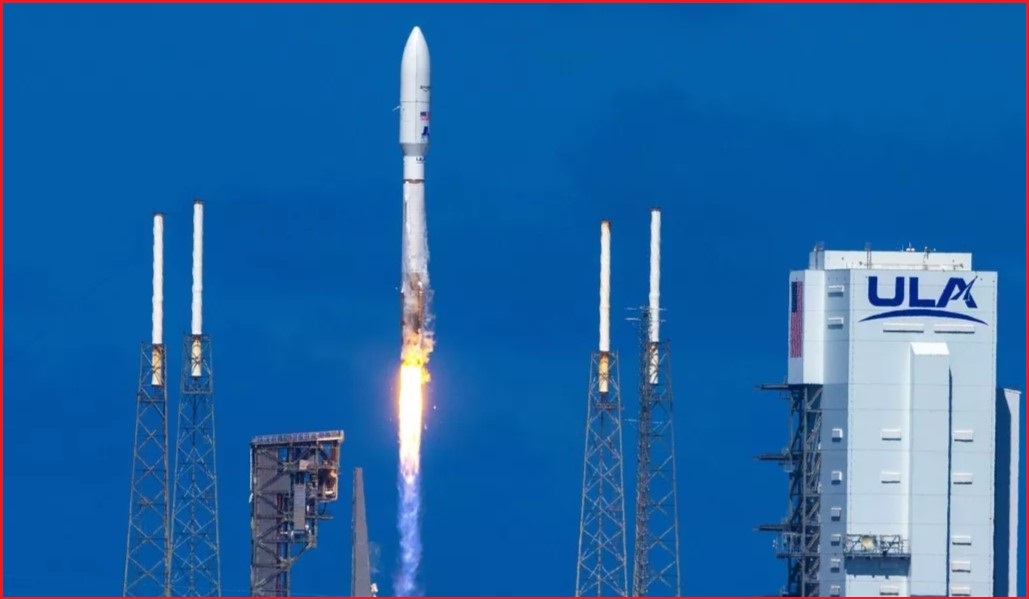E-commerce giant Amazon has started the first real-world tests of its internet satellite network Project Kuiper following a successful prototype launch last week.
Project Kuiper will compete with SpaceX’s Starlink to provide global broadband internet through an initial constellation of 3,236 satellites in low Earth orbit.
Saturday’s launch saw two prototype satellites delivered into space aboard an Atlas V rocket designed and operated by United Launch Alliance (ULA), a joint venture between aerospace companies Lockheed Martin and Boeing.
Around 45 minutes after launch, Amazon confirmed it made first contact with both satellites – an important first step as it starts testing the technology that will connect with antennas on the ground to deliver internet around the world.
“There’s a long way to go, but it’s an exciting milestone all the same,” said Rajeev Badyal, Amazon’s VP of technology for Project Kuiper following first contact with the satellites.
“I’m tremendously grateful to the Project Kuiper team for their dedication in getting us to this point, and to our partners at United Launch Alliance who helped us deploy our first spacecraft ever into orbit.”
Amazon has signed expensive deals with ULA, European company Arianespace, and Jeff Bezos-owned Blue Origin to make 77 more launches over the next five years at a reported cost of $11 billion (US$7.4 billion).
It expects to start beta testing the internet service with commercial customers by the end of next year.
“The hard work that goes into building a new space system from scratch is tremendous,” Badyal said.
“But this team has dedicated themselves to the goal of delivering affordable broadband to those who need it.”
Amazon is racing to catch up with Starlink which claims to have over two million customers and has already signed agreements with ISPs like Telstra and Optus.
By May, Starlink had become the provider of choice for Australian satellite internet users, overtaking the number of NBN SkyMuster customers.
The fundamental technology is the same for both Amazon and Starlink: thousands of satellites act as relays between customers and ground stations, providing internet to parts of the world that have been traditionally hard to service.
Starlink reportedly earned $2.2 billion (US$1.4 billion) in revenue for SpaceX last year, although the division was still operating at a loss.
Despite not yet being as profitable as expected, Starlink has demonstrated the Elon Musk-owned company’s power as it has been heavily relied on by Ukrainian forces fighting against the Russian invasion.
Musk secured SpaceX a lucrative contract with the US Department of Defense earlier this year after the company issued an ultimatum saying it would stop funding the Ukrainian internet access unless the Pentagon chipped in.
The ability for constellations of low Earth orbit satellites to provide internet to both battle zones and rural Australia does come at a cost, however, as scientists lament how increasing numbers of objects in orbit has a negative affect on astronomical data.
In March, a group of scientists published a paper in Nature warning that the “enormous” number of planned satellite launches and the existing “satellite megaconstellations” is causing “a dramatic, fundamental and perhaps semi-permanent transformation of the night sky without historical precedent and with limited oversight”.










